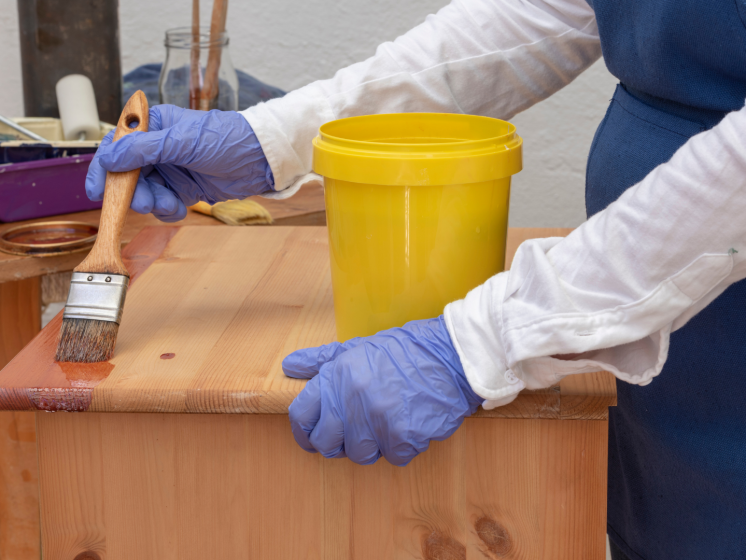How to Strip And Wax Antique Pine

A pine is a coniferous tree (family Pinaceae). Most common in temperate regions, pines have a long life span and make a variety of useful products, including oils, dyes, tannins, turpentine, and building materials.
They are often planted in parks and along streets as street trees. One example of a common species that is planted as a street tree is the white pine. Another type of pine is the red pine, which is native to the southeastern United States and has gained popularity as an ornamental tree.
The two most common types of antique pine known to man are the white pine and the red pine:
White Pine (Pinus strobus) is a North American conifer that was previously thought to be a member of the pine family Pinaceae (the redwoods are all members of the same family) because of its “pine-like” needle. This, however, is not a true pine, and white pine is not part of the Pinaceae. White pine belongs to the Pinaceae, an order of coniferous gymnosperms that differ from true pines in several respects, including the presence of pith and a large endosperm.
Red pines are a type of pine native to the Northeast region of the United States. They are deciduous trees that typically grow in dense forests. Red pines are often found as the dominant tree species in areas of the Northeast that experience a mild to moderate climate. When mature, the red pine grows upwards of 60 feet.
Its scientific name is Pinus resinosa and is not to be confused with the similar matched Pinus resinosa. Both of these trees are typically grown in forests, but the red pine is smaller and prefers higher elevations.
The red pine is native to the eastern coast of North America, while the white pine is native to the western coast of North America. When they are harvested, they are both graded by their color, with the red pine being a more valuable grade.
An antique pine is a pine that is a hundred years old or more. There are several types of antique pines. Some are from the 1800s, some from the early 1900s, and some from the late 1900s. The one that is most popular at this time is the one that is from the late 1800s.
It is a type of pine tree that comes into its own between the years 1687 and 1939. These are the years that the pine was applied to two of the greatest carvings of all time. The Washington Crossing the Delaware sculpture by Emanuel Gottlieb Leutze and the Gihon Spring mosaic at the Parthenon in the city of Athens, Greece, by the great Myron and Sclekte.
To restore the shine of your wood furniture and wood floors, you will need to strip and wax them. This includes all types of wood, including antique pine wood, which has a high density and a very fine texture.
Stripping and waxing is the process of removing all the old, dried, or damaged layers of a wooden surface by removing a layer of the wood by stripping. This can be done using an electric sander, small hand sander, or paint stripper. If you have these tools on hand then it is a relatively easy task to DIY, however, if you do not then it might be worth considering using some Personal Property Restoration Services or antique furniture experts to help you with this task if needed.
The process can be repeated many times to gradually remove the wood’s outer layers, leaving a smooth surface. Stripping removes the wood’s depth of grain, revealing the wood’s natural color and grain. This process is sometimes called sanding because of the similarity to sanding wood.
Stripping and waxing your antique pine floor is easy, and high quality does not have to be expensive. It is a great way to bring out the natural beauty of the wood and make it shine.
Here’s a quick, step-by-step guide on how to strip and wax your antique pine:
- First, you need to take off the existing finish with the use of a paint stripper and a course wire wool; there will be instructions on the tin, so make sure to follow them.
- You can start sanding the surface with grit paper after, then you will need to neutralize the surface. We recommend that you use denatured alcohol with a little acetic acid.
- This is optional, but you can use the grit paper on your antique pine one more time just to make sure that the surface is clean.
- After leaving it overnight, you may start applying natural oil finish; applying a second coat is optional.
- Leave it overnight again, and then you can now apply the furniture polish. After 20 minutes of leaving the product, you may start buffing.